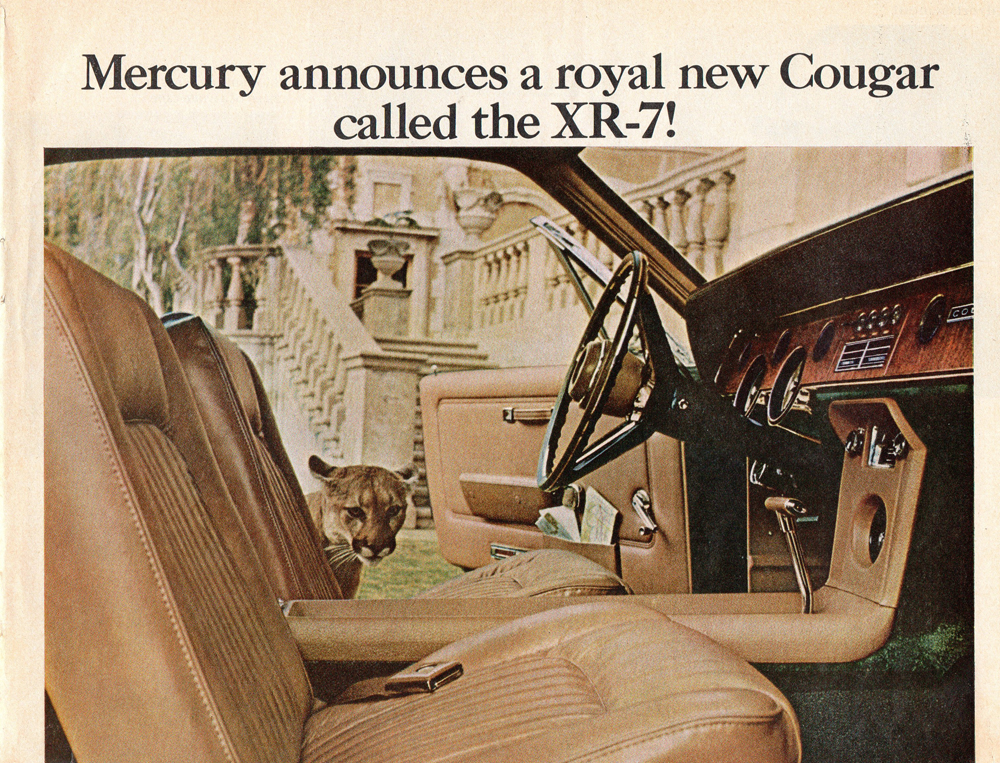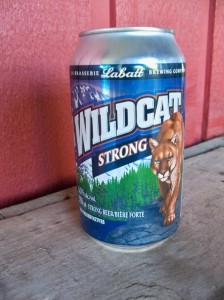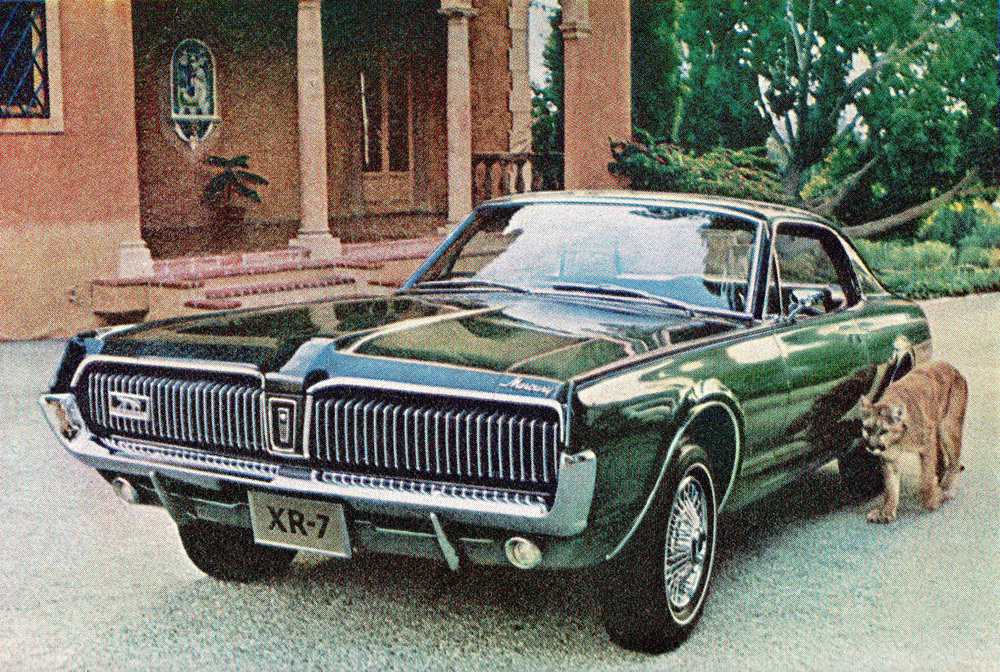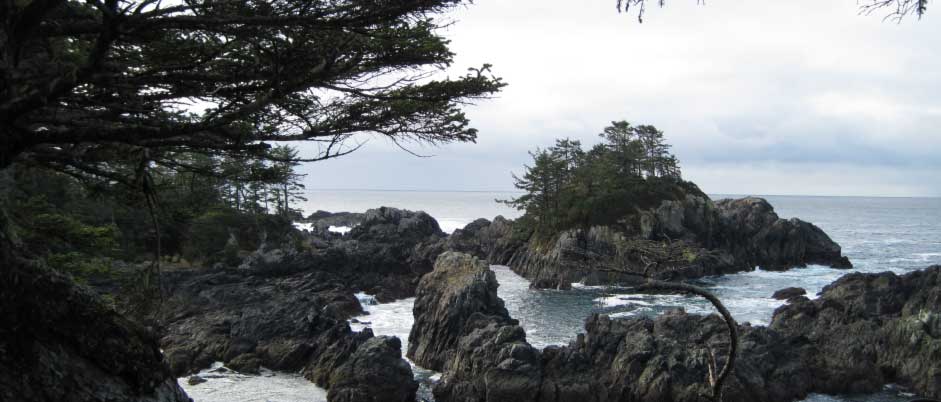The Lost Chapter
A big part of writing is the editing process, which means sometimes large chunks of a manuscript disappear from a book.
I liked the Mascots, Media Sensations & Media Stars chapter but could never figure out where to place it in The Cougar. My editor, Pam Robertson, felt the same way. So, aside from a condensed paragraph or two that were incorporated into another section, the entire chapter was cut.
Thanks to the digital age, I can share The Cougar’s lost chapter here.
Mascots, Media Sensations & Movie Stars
“…a perfect blend of beauty, strength, intelligence and ability.”
Orval Pall, biologist, The Cougar Almanac:
A Complete Natural History of the Mountain Lion
Theodore Roosevelt, The Rough Riders
It’s ironic that, even as North Americans were decimating the cougar population, the cat’s focus, strength and cunning were idolized and admired.
Today, even though the animal is considered extinct or endangered in a large portion of its former territory, the cougar has worked its way into North American culture in astonishing ways.

What is it that makes people both admire and fear the feline and go to great lengths to either kill it or protect it? The mystique of the animal probably has a lot to do with it. What people don’t see or understand often takes on a grandeur all its own. And what is known is pretty amazing. Physically the cougar is a powerful predator that is fast, fierce and graceful and has survived in spite of vigorous campaigns to exterminate it.
Websites promoting cougars as a personal totem use terms like intuitive, intimidating and confident and say these traits are often exhibited by people in positions of power, authority and social control. In more recent times, the cougar became a symbol of sleek sexiness. But in Roosevelt’s era, it was the ferocious aspect of the beast that held the most appeal. Roosevelt was writing about a regiment of the 1st United States Volunteer Calvary that made history in the 1898 Spanish-American War. Of the three mascots, only the dog, Cuba, accompanied the men to the country he was named after.
The eagle and Josephine rejoined the unit when it returned to the states. One story says that, as well as cuddling up with the sleeping soldier, Josie, as the cougar was called, also nibbled his toes. Details are scarce as to how and when Josie died but her memory lived on in the form of a cougar skin rug made from her hide and her mounted head, which eventually made its way to the Pioneer Museum in Flagstaff, Arizona.
Although no one knows when the concept of mascots was first introduced, there are records of a goat filling the role for the Royal Welsh Fusiliers as far back as 1775. Like many words, the meaning of mascot has changed over time. In the Middle Ages, it meant witch. Later the word signified a magic spell and, eventually, a good luck charm. Many mascots are chosen as a way to intimidate the enemy so it’s no surprise that predators such as cougars, bears and sharks are popular choices.
Early research for this book included setting up a Google Alert for “cougars” to keep informed about studies, sightings and encounters. To my surprise, 90 percent, or more, of the links Google sent my way were related to sports teams. If I’d wanted to, I could have become familiar with the teams and scores of the Regina Cougars and Victoria Cougars, as well as kept up to date on which cougars from which teams were being recruited to the NFL and the Cougar Football Program in Australia.
The Australian link seemed odd as officially there are no cougars “down under.” But, according to Lyn Hancock, rumours of big cats roaming the outback are common. The former Aussie, who cared for several cougar cubs after moving to British Columbia, said the Australian cougars are most likely pets that escaped or were released into the wild.
The name cougar, catamount, lion and panther seem particularly popular as mascots for universities and colleges. One of the first to choose mountain lion was Pennsylvania State University. In 1904, when the Penn State baseball team was taunted with a statute of Princeton’s Bengal tiger, Harrison D. “Joe” Mason combined the name of a local landmark, Mount Nittany, and the “fiercest beast of them all” to create the Nittany Lion.
I was a toddler when my parents lived on campus at Washington State University in the 1950s. Yet many years later I still have vivid memories of a cougar staring at me intently as he paced in his cage. WSU’s football team was originally known as the Indians. But when an Oakland cartoonist depicted a 1919 victory over California State University as the “fierce Northwest cougars chasing the defeated Golden Bears,” a new name was adopted.
Eight years later, state governor, Roland H. Hartley, gave WSU a cougar cub and suggested naming it Butch in honour of Herbert “Butch” Meeker, a university football star at the time. Altogether six Butchs lived at the Pullman, Washington campus between 1927 and 1978. The cat was kept in a large run and taken to home games in a wheeled cage, which was paraded around the field at half-time.
Like most schools, WSU now uses a student dressed in a costume to portray their mascot. In fact, the only school still using a live cougar is the University of Houston in Texas. In December 2011 three tiny cougars were orphaned when a hunter shot their mother. Two were found relatively quickly but the third remained elusive. Eventually, a biologist assisting with the search gave a cougar-like chirp and Shasta VI, as he’s now called, replied. The little guy was taken to his new home at the Houston Zoo where he lives with another cougar. Shasta makes his appearances at UH events via a webcam.
Even some elementary and pre-schools consider the cougar the animal of choice when it comes to having a cool mascot. The Cincinnati Christian School in Fairfield, Ohio has a Cougar Cubs preschool while in Albuquerque, New Mexico, the Cochiti Elementary School calls itself “Home of the Cougars.”
But not everyone thinks having a cougar as a mascot is a good idea. In January 2012 a huge controversy arose when students who would be attending the new Corner Canyon High School in Draper, Utah voted to adopt the cat as the school’s mascot. After complaints from parents referring to the possible negative connotation of a modern use of the word – i.e. a sexually active woman involved with a younger man – the school board vetoed cougar and announced Charger, as in horses, as the school mascot.
 Advertising gurus have long taken advantage of the cougar’s allure. Most folks are familiar with PUMA brand sports footwear, clothing and accessories. And many a tawny cat has been paired with a fashion model to show off the latest attire. For those into handguns there’s a Stoeger Cougar. In Australia, Foster’s Group Ltd. makes sour mash Cougar bourbon while Labatt Brewing Company in Canada produces Wildcat Strong beer. In 2012, Apple even got into the act by releasing a new desktop operating system called OS X Mountain Lion.
Advertising gurus have long taken advantage of the cougar’s allure. Most folks are familiar with PUMA brand sports footwear, clothing and accessories. And many a tawny cat has been paired with a fashion model to show off the latest attire. For those into handguns there’s a Stoeger Cougar. In Australia, Foster’s Group Ltd. makes sour mash Cougar bourbon while Labatt Brewing Company in Canada produces Wildcat Strong beer. In 2012, Apple even got into the act by releasing a new desktop operating system called OS X Mountain Lion.
In the transportation field the name cougar has been given to RVs, armored personnel carriers, fighter planes and helicopters. But perhaps the most well-known vehicle to make use of the big cat’s name is Ford Motor Company’s Mercury Cougar. After much media hype touting the “Untamed Elegance” of the two-door hardtop the automobile was launched in 1967. Promotional material called the car “…a new kind of road animal” and “…a lithe, contemporary car.” By the 1970s, attractive female models, including actress Farah Fawcett, appeared holding cougars on leashes or driving with a cougar as a passenger as part of the media campaign.

Although it was marketed as “a man’s car a Mustang owner could step up to,” purchasers of both sexes bought into the idea of owning a sexy, powerful vehicle. According to an article by Larry Jewett in the Nov. 2010 issue of Modified Mustangs & Fords, “The success of the Cougar led to the idea of quality ‘at the Sign of the Cat,’ utilizing a snarling cougar perched atop a Lincoln Mercury sign.”
Today, the word cougar continues to expand its territory as a symbolic icon. After sports teams, the second most frequent “cougar” story my Google Alert sent me was about older women dating or marrying younger men. It’s likely this type of romantic liaison has occurred since time immemorial. But in the Nov. 2010 issue of Psychology Today, Maridel Reyes said the expression became mainstream after the 2001 publication of Cougar: A Guide for Older Women Dating Younger Men by Valerie Gibson. In the book Gibson said she decided to use the word after hearing about a remark a young man in a bar made about an older woman who “looks like a cougar on the prowl.” Gibson defines human cougars as “women 40-plus who date younger men and don’t want to settle down.” The meaning remains fluid, however, and is often used to describe any woman who has a romantic relationship with a man 10 or more years younger than herself.
This new cougar culture has become big business. A casual internet search reveals cougar clubs and puma parties. There is a National Cougar Convention, as well as Miss Cougar Canada and Cougar/Cub Couple of the Year contests. Some consider cougars smart, beautiful women who are fit, fashionable and willing to have fun no matter what their age or that of their partner. Stars on the silver screen have given the term a certain glamour. Anne Bancroft played the classic cougar in the 1967 movie The Graduate while Kate Winslett did the same in the 2008 The Reader. Not to be left behind, television aired Cougar Town, Sex and the City and The Cougar. And celebrities such as Demi Moore, Kim Cattrall and Madonna have at one time or another filled the role of a real life modern cougar.
But not everyone considers cougar a good term to describe women. Some find the expression humiliating or derogatory. And a number of cougar promotions have backfired. In 2010, declining to give a specific reason, Carnival Cruises opted to abandon cougar cruises in favour of more family-friendly voyages. The same month an online ad for a New Zealand airline portraying middle-aged women as sexually aggressive predators prowling bars in search of young men to fill their craving for “slabs of meat” was pulled due to complaints by rape prevention organizations and women’s rights groups. In Georgia, a library media specialist complained to the school board about the possible removal of an educational Internet search engine. In her letter Martha Powell wrote, “…I did a search for cougar in Google and in my results list there was not an animal in sight…at least not the 4‑legged ones our 2nd graders are looking for!”
It’s interesting how an older man in a relationship with a younger woman is referred to as “sugar daddy” but reverse the roles, and the woman becomes a predatory animal. And apparently being a cougar is detrimental to a woman’s health. In a May 12, 2010 article in the Guardian, Ian Simple wrote, “Marrying someone younger reduces your mortality rate if you’re a man – but increases it if you’re a woman.” Stats from the Max Plank Institute for Demographic Research in Germany indicate that a man with a spouse seven to nine years younger than himself has an 11% lower mortality rate than a man whose wife is the same age as him. Keep everything else the same but switch the genders and a woman has a 20% greater mortality rate.
Human cougars aren’t the only ones that have appeared in movies and on television. In the mid-1960s, Hollywood looked to Canada as a source for their feline stars. While conducting research at the University of Western Ontario, Alan MacEachern found a piece of paper with Mickey Mouse letterhead. In Lost in Shipping: Canadian National Parks and the International Donation of Wildlife he wrote that a Disney executive was looking for a “remarkably tame and tractable” mountain lion. The letter continued, “Actually, we could potentially use a big old male with rheumatism and a definite lack of pep and fire, and possibly blind, whose coat nevertheless, developed into an attractive one and whose size is as formidable as when he was in his prime….” Parks Canada replied that filling the request wouldn’t be a problem.
While programs like Wild Kingdom prepped the baby boomer generation to take an interest in the environmental movement, some movies and television shows are far from realistic. More than a few have given the public the idea that cougars only attack if defending their young, that they frequently leap on people from trees or would never attack a person seated at a campfire or climb a tree after someone.
But as much as cougars have become an icon of all that is sexy, strong and beautiful, it’s important not to forget that the actual animal is unpredictable and potentially dangerous whether it’s encountered in the wilderness, viewed in a roadside zoo or introduced as someone’s pet.

